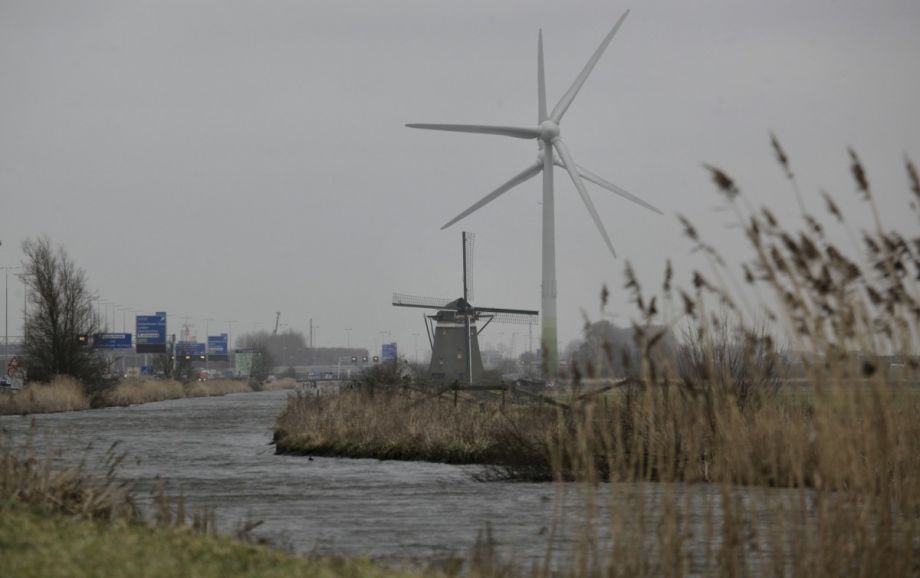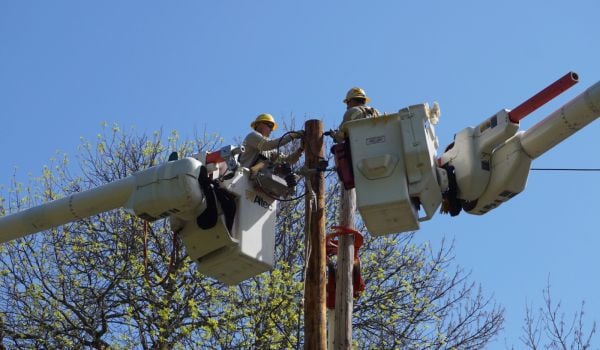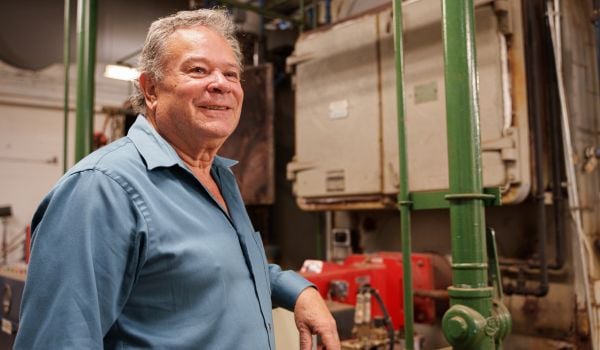The Noordoostpolder has always been a special place. Reclaimed from the Ijsselmeer, a large manmade lake in the middle of the country, this water basin, or polder, began as a strategy to increase Dutch food production and strive toward greater self-sufficiency. During World War 2, the uninhabited 460-square-kilometer area became popular with people avoiding Nazi persecution. In the post-war years, beginning in 1947, farming families were chosen to work the land based on their religion, family size and political views. As colonization continued, the polder became a national symbol for the successful, modern farmer and his irreproachable personal life. Agricultural engineering, but also social experimentation, became integral parts of the Noordoostpolder’s development.
Today, the master-planned polder is a gridded patchwork of farming fields laid out along roads radiating from towns. And soon, the dikes along the western coast of this polder will become home to the country’s largest wind farm, continuing the planners’ original goal of self-sufficiency. The largest part of this project began in 1992 as the dream of two local farmers. Tjitte de Groot and Peter Meulendijks envisioned a wind farm “for and by the polder” — a cluster of turbines that would benefit the local community and take advantage of one of the windiest places in the Netherlands. In 1993, de Groot and Meulendijks founded the Vereniging Windturbine-Eigenaren IJsselmeerpolders (VWIJ), and started small, with one turbine each on their own properties.
When it opens in late 2015, Westermeerwind will be part of the largest wind farm in the Netherlands to date. The project involves 48 3MW turbines that will produce a total of 500GWh — enough to supply sustainable energy for 160,000 households. It’s also part of Wind Farm Noordoostpolder, an even larger vision that consists of three separate wind farms totaling 86 wind turbines on water and on land. In addition to Windpark Westermeerwind, these include NOP Agrowind and RWE Essent.
This summer, four Dutch banks announced that they had collectively agreed to finance the Westermeerwind project to the tune of €320 million ($428 million USD). The announcement came 18 years after plans for the wind farm were first made public — testament to de Groot and Meulendijks’ perseverance and unflagging ambition. German engineering conglomerate Siemens has been involved in development since 2007 and will operate the wind farm for the first 15 years. Most of the other partners in the project are Dutch firms, including Ventolines (project managers), Ballast Nedam (foundations), Mammoet (installations), VSMC (cabling) and Eneco, the energy company that will be responsible for delivering the energy produced at Windpark Westermeerwind beginning in 2015. The entire wind farm is scheduled for completion in March 2016.
According to Bernard Fortuyn, member of the Board of Management of Siemens Nederland, “During construction, the Westermeerwind project will create some 150 additional jobs in the region, and in the fifteen years following employment for approximately 30 technical engineers and other skilled staff will be ensured.” For the initiators, strengthening the local economy has always been a main goal of the project. In line with that thinking, local residents of Noordoostpolder, Urk and Lemsterland are being offered the opportunity to support the project by purchasing shares or bonds.
Windmills in the picturesque Ijsselmeer can be a divisive topic, however. Since the 1990s, the local government has decided to focus on dense wind farms, rather than allowing everyone to build ad-hoc backyard windmills. They feel that this approach maximizes energy gains while minimizing visual disturbance. For many, the open character of the Noordoostpolder is a key aspect of its aesthetic quality. Residents from Urk, Hindelopen and Makkum have protested the windmill project on the grounds that the 180-meter-high turbines will ruin the views of the agrarian landscape. Other farming families have stopped speaking with each other after discovering who is “for” or “against” the ambitious project.
For now, however, those against the Westermeerwind project will have to swallow their complaints. With financing secured, this project is quickly taking shape. Along the dikes of the Noordoostpolder, cables are already being laid to connect the future wind farm to the electricity grid. Soon, white turbines will be spinning all along this coastline, producing sustainable energy and continuing the Noordoostpolder tradition of striving for self-sufficiency.

















